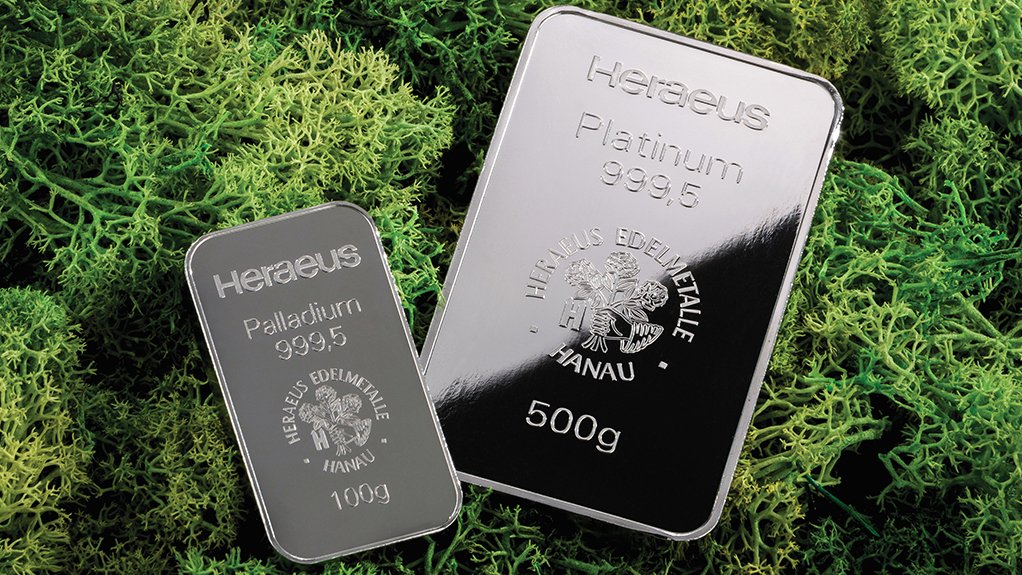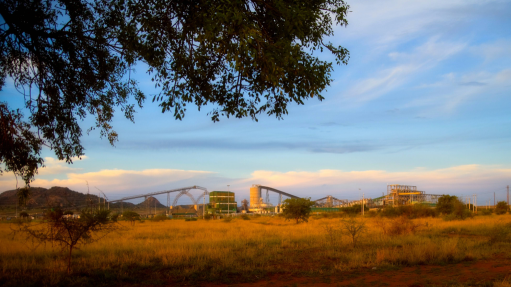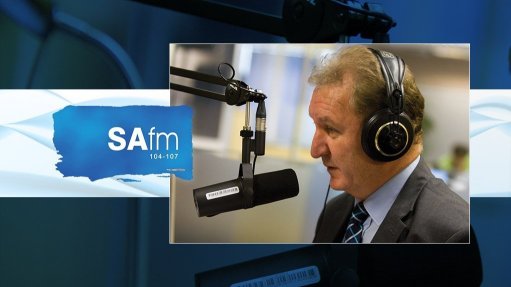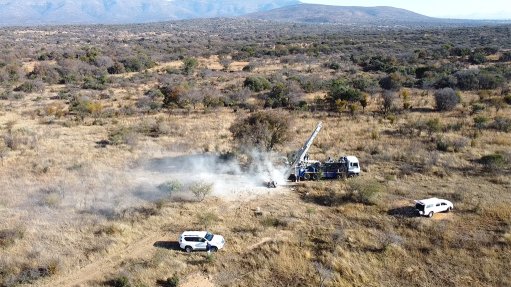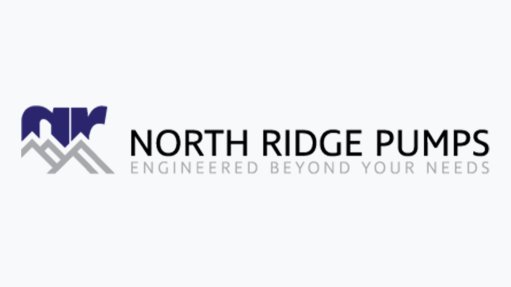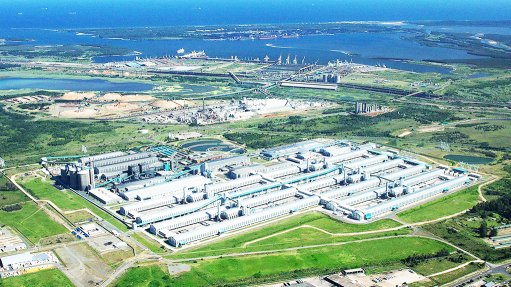Precious metals unable to avoid wide-ranging sell-offs amid Trump tariffs
Although precious metals dodged the reciprocal import tariffs that US President Donald Trump announced last week, they were unable to avoid the wide-ranging sell-off that hit most assets, Heraeus Precious Metals has said.
In a report published on April 7, the company said gold performed its role as a safe haven with a much more modest loss than many other precious metals assets.
According to the report, fears of tariffs that led to the transfer of 26.5-million ounces of gold from London to COMEX vaults in the US since November have largely been alleviated. This followed the official confirmation that bullion is excluded from the US’s reciprocal tariff regime, which was announced on Liberation Day – April 2 – last week.
Following this, the premium on front-month CME gold contracts over the London spot price fell by two-thirds, with the silver EFP premium also contracting. Metal flows may return to London as trade normalises, with the risk of US import duties dissipating.
However, concerns about inflation, which JPMorgan suggests may be exacerbated by tariffs, could sustain some continued gold movement to the US, though on a smaller scale.
After a pre-tariff surge, gold prices reached a new all-time high of $3 168/oz last week. However, as the market adjusted, gold dropped to $3 054/oz before recovering some losses at the US market open.
Despite further selling on April 4, gold performed better than many other assets, finishing European trading at $3 022/oz.
While the "buy the rumour, sell the fact" trend may hold, gold could quickly return to its highs if investor demand persists, Heraeus said.
SILVER
The company said an economic slowdown could affect the silver price. Recent data suggests a challenging environment for silver demand and pricing. The yield on the US ten-year note has fallen by nearly 80 basis points over the last 11 weeks, while inflation metrics have risen above 4%.
This combination suggests stagflation, which typically results in lower consumer confidence and reduced consumption.
Meanwhile, the most recent Michigan consumer inflation expectations have risen, while consumer confidence has fallen, reinforcing this narrative. As a result, industrial demand for silver, which is tied to manufacturing, could be negatively impacted.
The March 2025 US Manufacturing PMI fell to 49.8, indicating contraction in manufacturing activity. Given the rising recession risks, silver could underperform gold this year, Heraeus said.
Silver was the worst-performing precious metal last week, experiencing its largest single-week drawdown since September 2020, dropping by 12.7% to $29.71/oz.
PGMs
South African platinum group metal (PGM) mines are primarily distributed across three areas: the Western, Eastern and Northern Limbs of the Bushveld Complex, a geological formation that hosts PGM-bearing ore.
Older mines are predominantly located in the Western and Eastern Limbs. The Northern Limb, which currently has one active mine – Mogalakwena – also houses two notable projects with significant future production potential.
At present, the Western Limb is the most productive, contributing about 70% of South Africa’s primary PGM supply. However, the Northern Limb's share is steadily increasing. Mogalakwena, the largest PGM mine in South Africa, is forecast to produce about 900 000 oz of platinum, palladium and rhodium (3E) PGMs this year.
The mine operates in the lower half of the global PGM cost curve, with costs expected to decline owing to higher grades and a mass pull reduction strategy that increases PGM concentrate grades.
This approach reduces the volume of material processed, thus lowering costs. Mogalakwena’s platinum production is forecast to rise by 2% year-on-year to 415 000 oz this year, while palladium production is expected to grow by 4% year-on-year to more than 450 000 oz.
The Platreef project, expected to begin production later this year, is divided into three phases. Phase 1, which is set to start this year, aims to produce about 50 000 oz each of platinum and palladium. Phases 2 and 3 have the potential to significantly increase production.
Like Mogalakwena, Platreef is palladium-rich and has a higher base metal content of copper and nickel. Currently, there is insufficient processing capacity to handle Platreef’s base metals at full scale.
Other projects, such as the Waterberg project, are under development, though they are still in earlier stages and will not begin production for some time. At full capacity, the Waterberg mine could produce about 340 000 oz of 3E PGMs, with a focus on palladium.
As production from the Northern Limb increases, the platinum:palladium production ratio in South Africa will rise. This may become a challenge as demand for palladium is expected to underperform relative to platinum, particularly with the growing share of battery electric vehicles (BEVs).
However, if platinum and base metal prices remain high and costs are competitive, these projects could continue to advance.
PLATINUM
Platinum and other PGMs will not be subject to new US tariffs. The US’s exclusion of PGMs from the new tariff regime is a result of their designation as critical minerals. This exemption means platinum will avoid the 31% tariffs imposed on South African goods from April 5.
US platinum imports from South Africa increased by 50% to more than one-million ounces in 2024.
Other PGMs, including palladium and rhodium, are also exempt.
Platinum jewellery demand is mixed. In China, demand weakened in the fourth quarter of 2024 owing to low consumer confidence and high gold prices, but platinum fabrication increased by 7%. Platinum jewellery demand in China is expected to decline to 375 000 oz this year, though this forecast has been revised slightly higher, Heraeus said.
Outside China, platinum jewellery demand has grown at 4% annually over the last decade, with strong demand in the US.
Globally, platinum jewellery demand is expected to fall to just more than one-million ounces this year, with a 3% year-on-year decline this year, the smallest in eight years.
The platinum price fell by more than 6% last week to $922/oz, though support is expected between $850/oz and $900/oz.
PALLADIUM
US auto sales saw a surge ahead of tariff concerns, with a 4.8% increase in the first quarter of 2025 vehicle sales, reaching about 3.91-million units. This was driven by customers eager to avoid price hikes from the tariffs.
However, automotive services and technology provider Cox Automotive now expects new car sales this year to be lower than previously estimated, with a rise in used vehicle sales. This could dampen palladium demand from the US automotive sector.
Additionally, higher second-hand car sales could limit secondary palladium supply, as fewer vehicles are scrapped, leading to less palladium recycled.
Palladium prices fell by almost 6% week-on-week following tariff announcements, closing at $918/oz on April 4, with support at $900/oz.
RHODIUM, RUTHENIUM, IRIDIUM
Heraeus and Freudenberg e-Power Systems have announced a strategic partnership to advance hydrogen fuel cell mobility. This collaboration combines Heraeus’ electrocatalyst technology with Freudenberg’s expertise in heavy-duty hydrogen fuel cell vehicles (FCEVs).
In Europe, heavy-duty FCEVs represent a small portion of the market but have significant growth potential, especially with EU backing.
In the US, uncertain market conditions could hinder the adoption of heavy-duty FCEVs. Heraeus said that hydrogen fuel cell demand for PGMs was still small but could grow this year.
The rhodium price fell by 4% last week, while ruthenium and iridium prices remained stable.
Article Enquiry
Email Article
Save Article
Feedback
To advertise email advertising@creamermedia.co.za or click here
Press Office
Announcements
What's On
Subscribe to improve your user experience...
Option 1 (equivalent of R125 a month):
Receive a weekly copy of Creamer Media's Engineering News & Mining Weekly magazine
(print copy for those in South Africa and e-magazine for those outside of South Africa)
Receive daily email newsletters
Access to full search results
Access archive of magazine back copies
Access to Projects in Progress
Access to ONE Research Report of your choice in PDF format
Option 2 (equivalent of R375 a month):
All benefits from Option 1
PLUS
Access to Creamer Media's Research Channel Africa for ALL Research Reports, in PDF format, on various industrial and mining sectors
including Electricity; Water; Energy Transition; Hydrogen; Roads, Rail and Ports; Coal; Gold; Platinum; Battery Metals; etc.
Already a subscriber?
Forgotten your password?
Receive weekly copy of Creamer Media's Engineering News & Mining Weekly magazine (print copy for those in South Africa and e-magazine for those outside of South Africa)
➕
Recieve daily email newsletters
➕
Access to full search results
➕
Access archive of magazine back copies
➕
Access to Projects in Progress
➕
Access to ONE Research Report of your choice in PDF format
RESEARCH CHANNEL AFRICA
R4500 (equivalent of R375 a month)
SUBSCRIBEAll benefits from Option 1
➕
Access to Creamer Media's Research Channel Africa for ALL Research Reports on various industrial and mining sectors, in PDF format, including on:
Electricity
➕
Water
➕
Energy Transition
➕
Hydrogen
➕
Roads, Rail and Ports
➕
Coal
➕
Gold
➕
Platinum
➕
Battery Metals
➕
etc.
Receive all benefits from Option 1 or Option 2 delivered to numerous people at your company
➕
Multiple User names and Passwords for simultaneous log-ins
➕
Intranet integration access to all in your organisation



